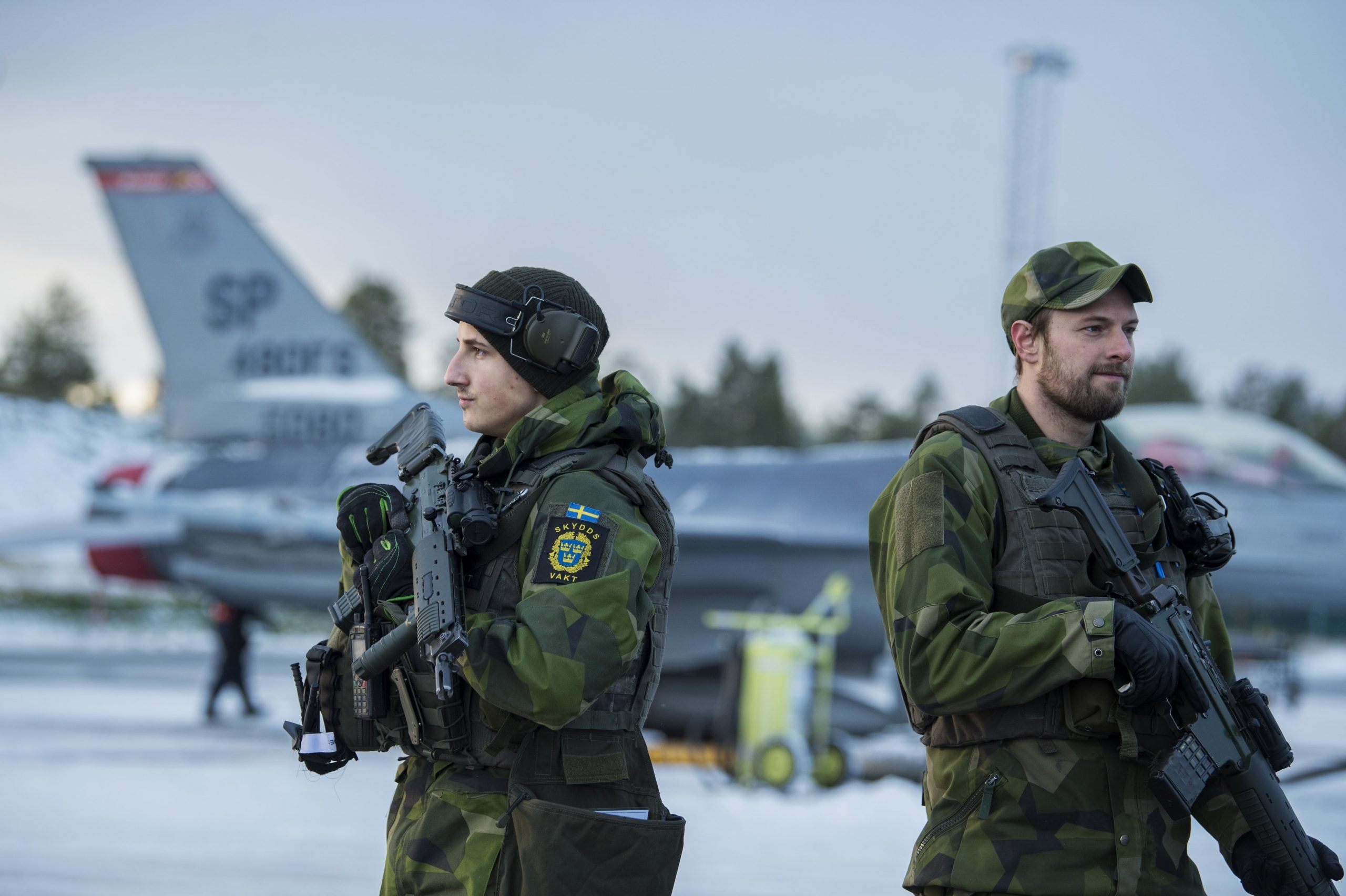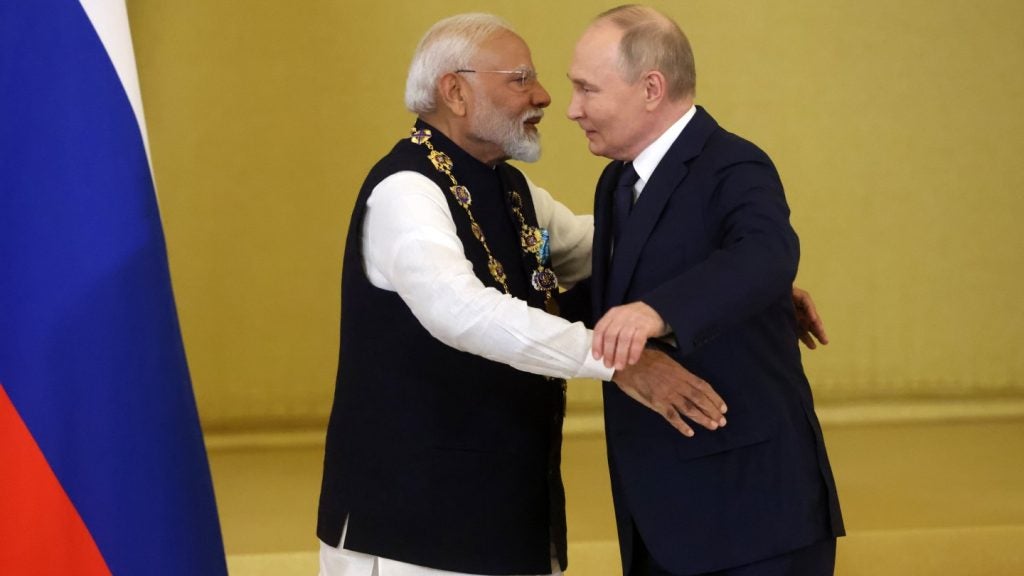
Under the plans, Sweden will double its basic-training volumes, re-establish five regiments and one air wing. The bill ‘Totalförsvaret 2021–2025’ or Total Defence 2021–2025 will also see the Nordic country invest in more military equipment, cyber defences and other capabilities.
Swedish Minister for Defence Peter Hultqvist said the planned budget hike should be seen against a backdrop of ‘deteriorating security situation in Sweden’s neighbourhood and in Europe over time’. Analysts told Army Technology that the spending increase also reflects the resurgence of Russia and its activities in the region.
How well do you really know your competitors?
Access the most comprehensive Company Profiles on the market, powered by GlobalData. Save hours of research. Gain competitive edge.

Thank you!
Your download email will arrive shortly
Not ready to buy yet? Download a free sample
We are confident about the unique quality of our Company Profiles. However, we want you to make the most beneficial decision for your business, so we offer a free sample that you can download by submitting the below form
By GlobalDataThe full text of the bill, proposed on 14 October, says Russia is ‘breaking’ the European security order. It highlights actions in Georgia and Ukraine by Russia as evidence of its willingness to use ‘military means’ to achieve ‘political goals’.
Royal United Services Institute (RUSI) research fellow and editor of RUSI Defence Systems Justin Bronk said: “The Swedish decision to significantly boost defence spending is likely a reaction to several factors, of which continuing large scale Russian military modernisation, probing of airspace and territorial waters, especially around Gotland, and broader political subversion campaigns are only the most obvious.”
Thawing seas and regional security
Sweden’s immediate region includes the Baltic Sea, and inlets to the Barents Sea, North Sea, Norway and parts of the North Atlantic, all areas strategically important to both NATO and Russia. The bill also cites the impact of Russia and the United States walking away from the Intermediate-Range Nuclear Forces (INF) treaty as affecting regional security.
From 2021 to 2025, the level of funding made available to Sweden’s Armed Forces will increase by SEK 27.5bn (£2.4bn). In total for the period, SEK 79 billion (£6.9bn) will be spent on the country’s armed forces.
Hultqvist said: “This represents the largest increase in the level of ambition in defence capabilities in 70 years. The bill is based on the defence commission’s proposal for both the civilian and military defence.
“It is a signal to the Swedish people and our neighbourhood that we are taking the security situation extremely seriously,”
The Government’s proposal is based on an agreement between the country’s governing coalition of the Centre Party and the Liberal Party.
The country’s increased defence spending also comes amid a backdrop of the fragmentation of NATO over the past few years. While Sweden is not a member of the organisation, it is closely aligned with the alliance.
Bronk explained: “Sweden is also likely to be concerned by the political fragmentation of the NATO block during the Trump administration and the impact of Brexit on political ties between the major European military powers – all of which could encourage Russia’s opportunistic leadership to take greater risks than they otherwise might.
“For an officially non-aligned country that is a close partner with NATO in exercises and political alignment, this is very worrying and [is] a prompt to re-engage with Sweden’s traditional policy of well funded independent defensive military capability.”
Sweden is also a member of the UK Joint Expeditionary Force (JEF) alongside regional neighbours Denmark, Estonia, Finland, Latvia, Lithuania, The Netherlands, and Norway. The JEF has been active since 2014.
The bill also cites the importance of the effects of climate change, with Sweden being an Arctic nation. Recently the head of the UK Royal Navy, First Sea Lord Admiral Tony Radakin, used a speech to highlight how China could use thawing seas in the high north to access the North Atlantic.
The opening of once frozen sea-routes in the waters around the Atlantic will no doubt have an effect on Sweden’s defensive plans. The bill adds that ‘a warmer climate with ice melting’ could lead to further confrontations between China, Russia and the US.
Earlier this year, US President Donald Trump ordered a cross-government push to develop a new fleet of icebreaker ships by 2029 aimed at bolstering US presence in the polar regions and maintaining a critical foothold in the high north.
Acquisition and expansion
The country is set to expand the number of personnel in its Armed Forces from 60,000 to 90,000. This will see the number of people going into basic training, increasing to 8,000 people a year until 2025.
Sweden is also set to increase its funding for civil defence to SEK 4.2bn (£370m) by 2025. The country’s Ministry of Defence said: “Sweden’s capabilities to handle a state of heightened alert and, ultimately, war need to be strengthened on a broad front.”
The bill outlines plans to expand Sweden’s submarine force from four to five boats, as well as stating the country’s navy should look to launch a programme to replace its Gotland-class submarines by 2025 at the latest. The country’s army is also set to develop a new mechanised brigade and to begin the acquisition of new artillery pieces starting in 2021.
Bronk added: “The Swedish armed forces are also in the midst of several high-end equipment acquisitions and modernisation programmes, including the new Gripen E/F fleet of fast jets and various new armoured vehicles and artillery platforms.
“Alongside a perceived need to increase the size of forces that Sweden could draw on in a crisis, these equipment programmes also ensure that a significant amount of new investment will be re-invested indirectly into the Swedish economy.”
The ‘Total Defence’ bill also adds that Sweden should begin preparations for the acquisition of new surface ships to replace the in-service Gävle-class corvettes to deliver two new vessels between 2026 and 2030. Plans are also described to procure two more corvettes before 2030.








